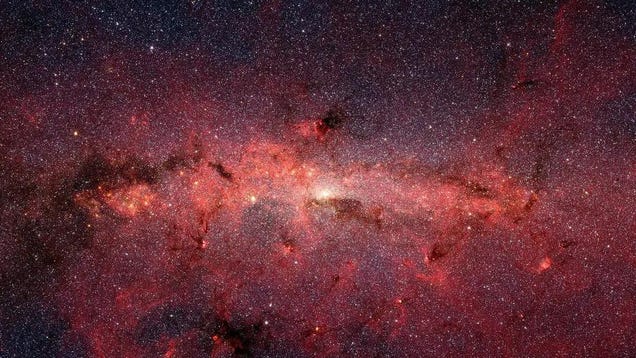
Stars very close to the center of our galaxy could be fueled by dark matter in perpetuity, according to a team of astronomers who recently studied the distant light sources.

Stars very close to the center of our galaxy could be fueled by dark matter in perpetuity, according to a team of astronomers who recently studied the distant light sources.
Five years ago, a galaxy 300 million light-years away got a lot brighter in telescopes, radiating ultraviolet, optical, and infrared light out into space. This year, the resurgent galaxy started emitting X-rays, indicating that its initial brightening was really just a warmup.
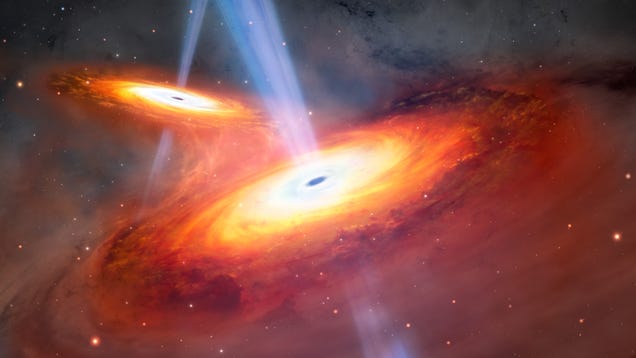
A team of astronomers has spotted the most distant merging galactic cores yet, seen as they were when the universe was less than a billion years old. The duo of active galactic centers, called quasars, is the only confirmed pair seen during the Cosmic Dawn.
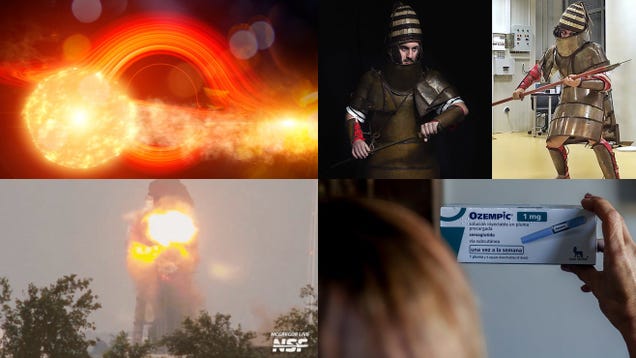
This week, science reporter Isaac Schultz described a groundbreaking effort to measure the spin of a supermassive black hole, and a fascinating experimental archaeology experiment in which marines fought each otherto test how well ancient Mycenean armor works. Other science coverage included a botched SpaceX engine…
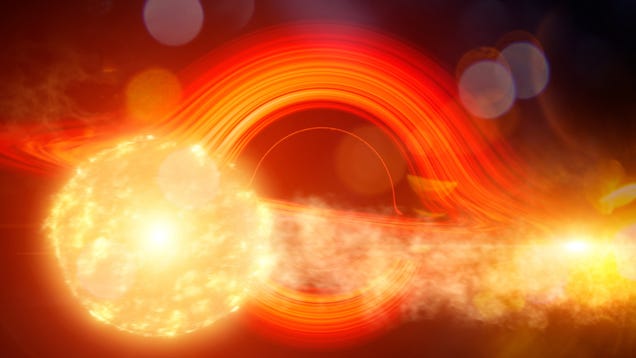
A team of astronomers has managed to calculate the speed of a distant supermassive black hole’s spin thanks to the object’s chance meeting with a star—which it promptly destroyed.
Light famously cannot escape the event horizon of a black hole, leaving astrophysicists to theorize and speculate what it’s like beyond the limits of human perception. Now, NASA researchers take that theorization a step further, in the form of an animation that takes you (the viewer) into the black hole.
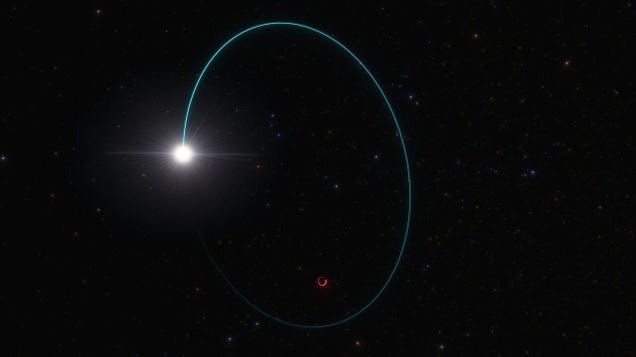
The supermassive black hole at the center of our galaxy is the undisputed heavyweight champion of the Milky Way, but a newly spotted object takes the crown for the most massive stellar black hole known in our galaxy, weighing in at an impressive 33 times the mass of our Sun.
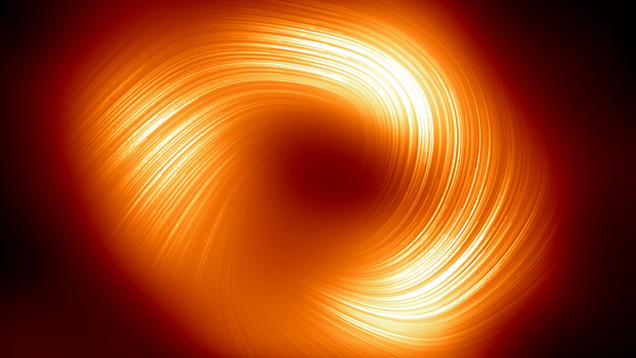
A new image of our galaxy’s central black hole reveals the magnetic field surrounding the object in polarized light. The image reveals how gas and superheated matter in the immediate vicinity of the black hole move around it. But aside from that, it’s a great way to visualize the extreme physics happening at the…

If you want to stay grounded—which is to say, you want a haunting reminder of your own diminutive size and mortality—do I have the tool for you.
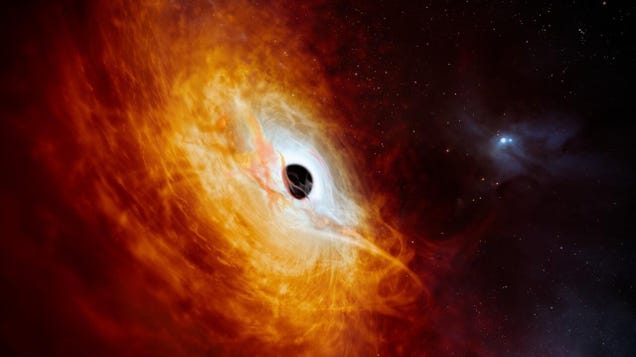
Our Sun is about 330,000 times the mass of Earth, yet it is dwarfed by the black holes that lurk at the centers of galaxies. A team of astronomers recently found the fastest-growing of this group: a 17-billion solar mass black hole in the distant universe, which is growing at the rate of one solar mass per day.